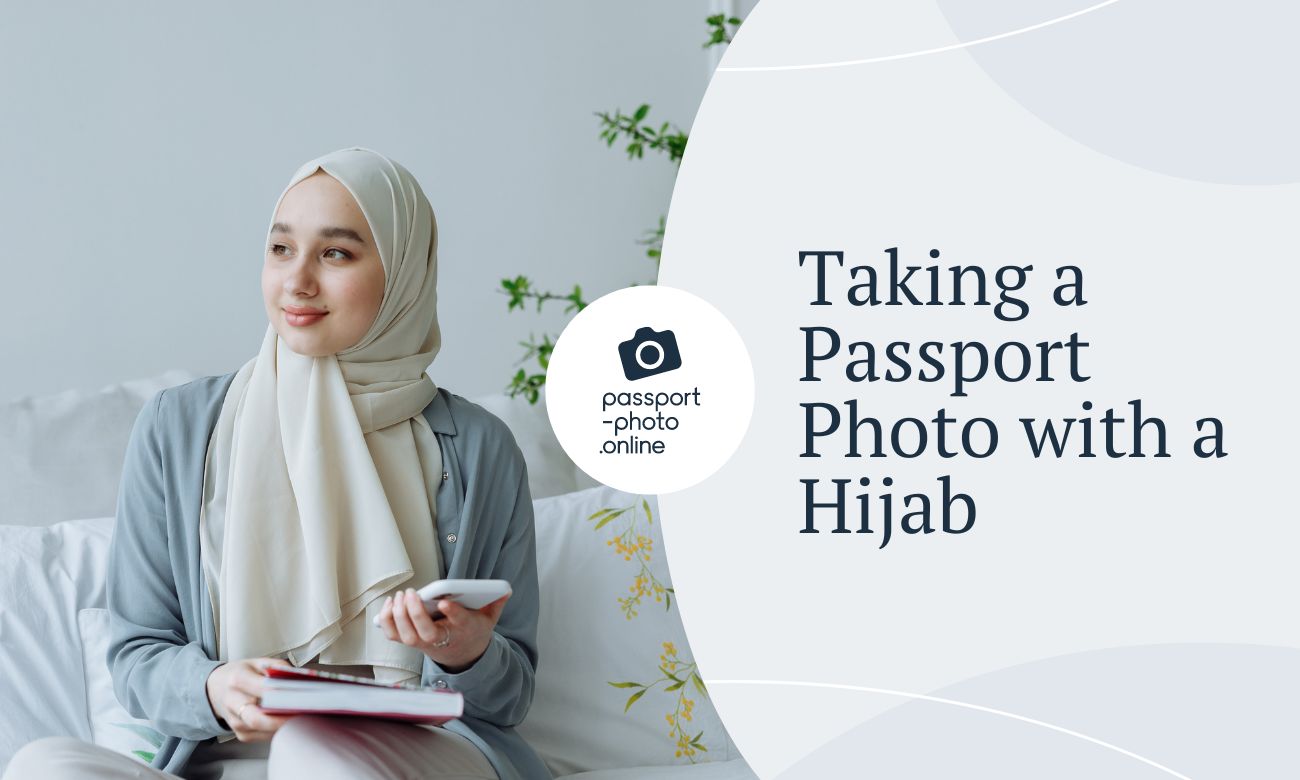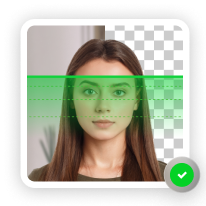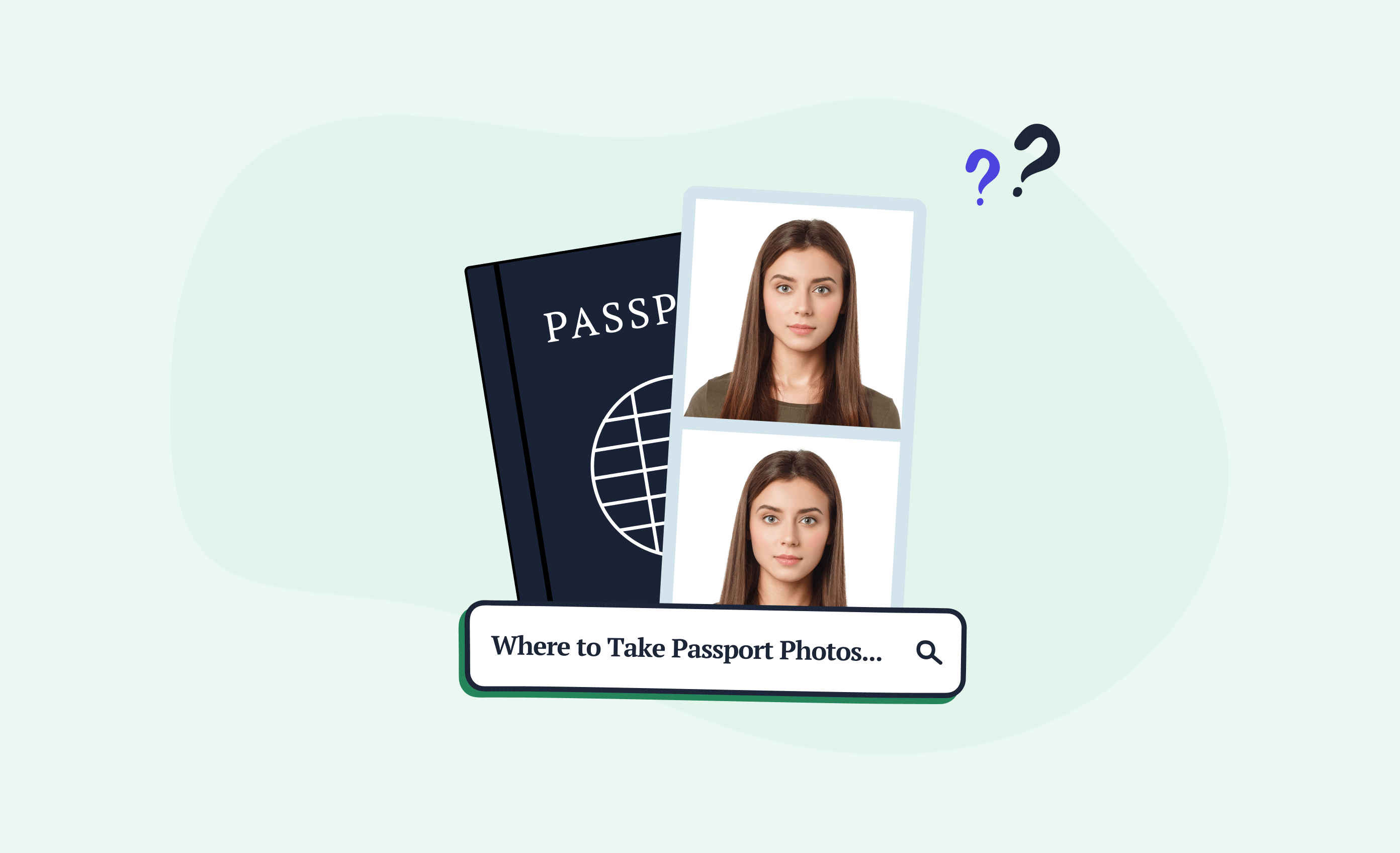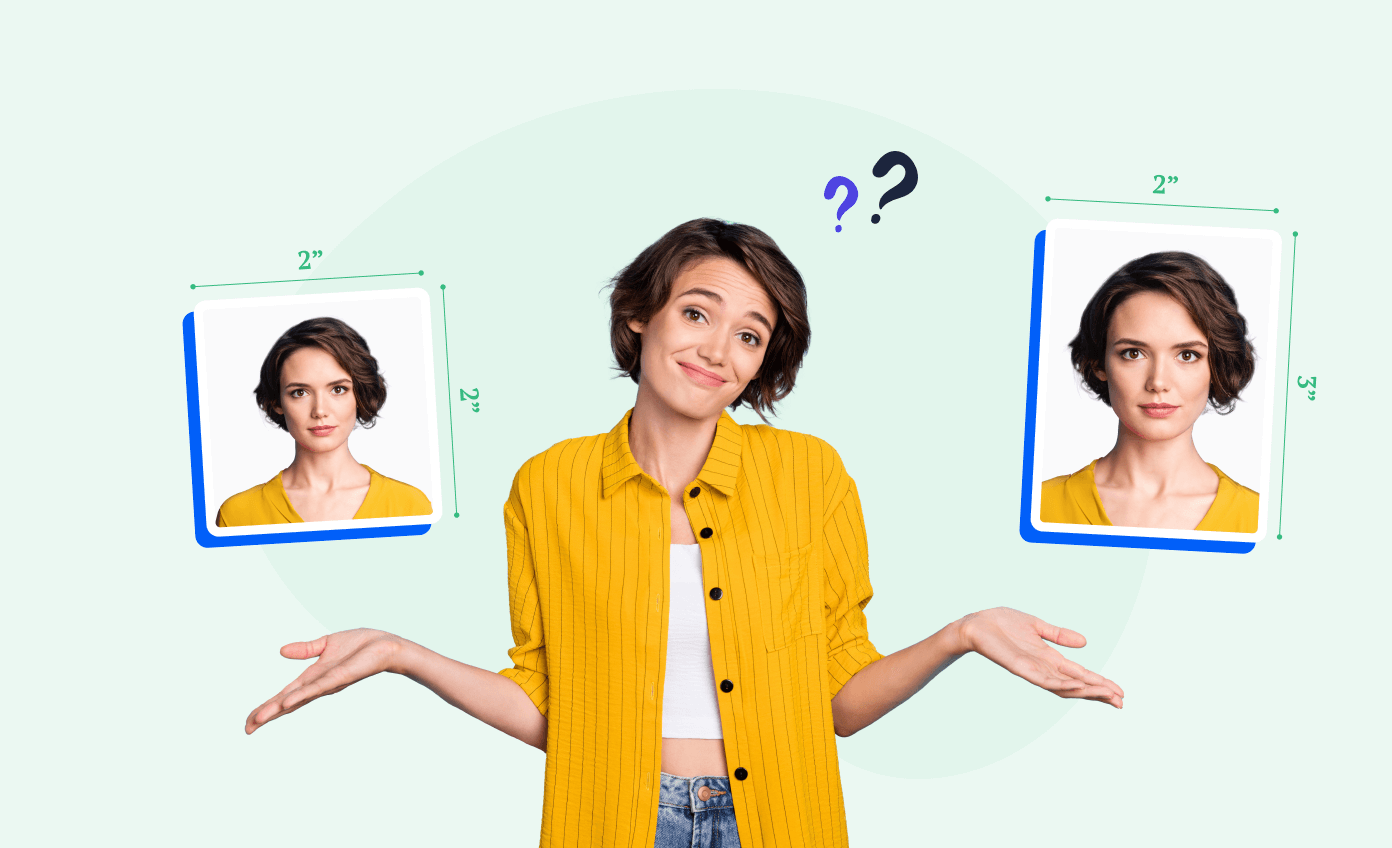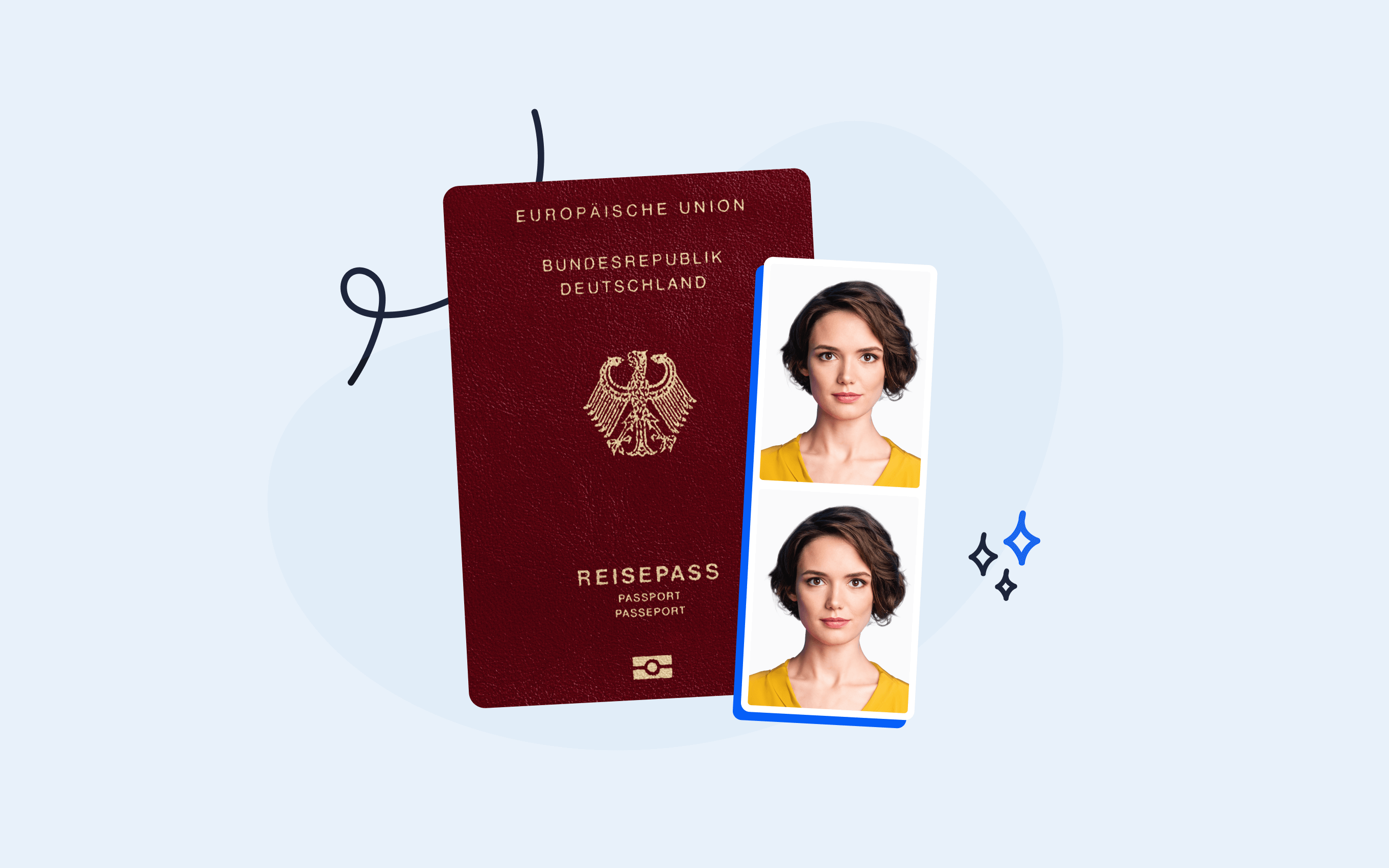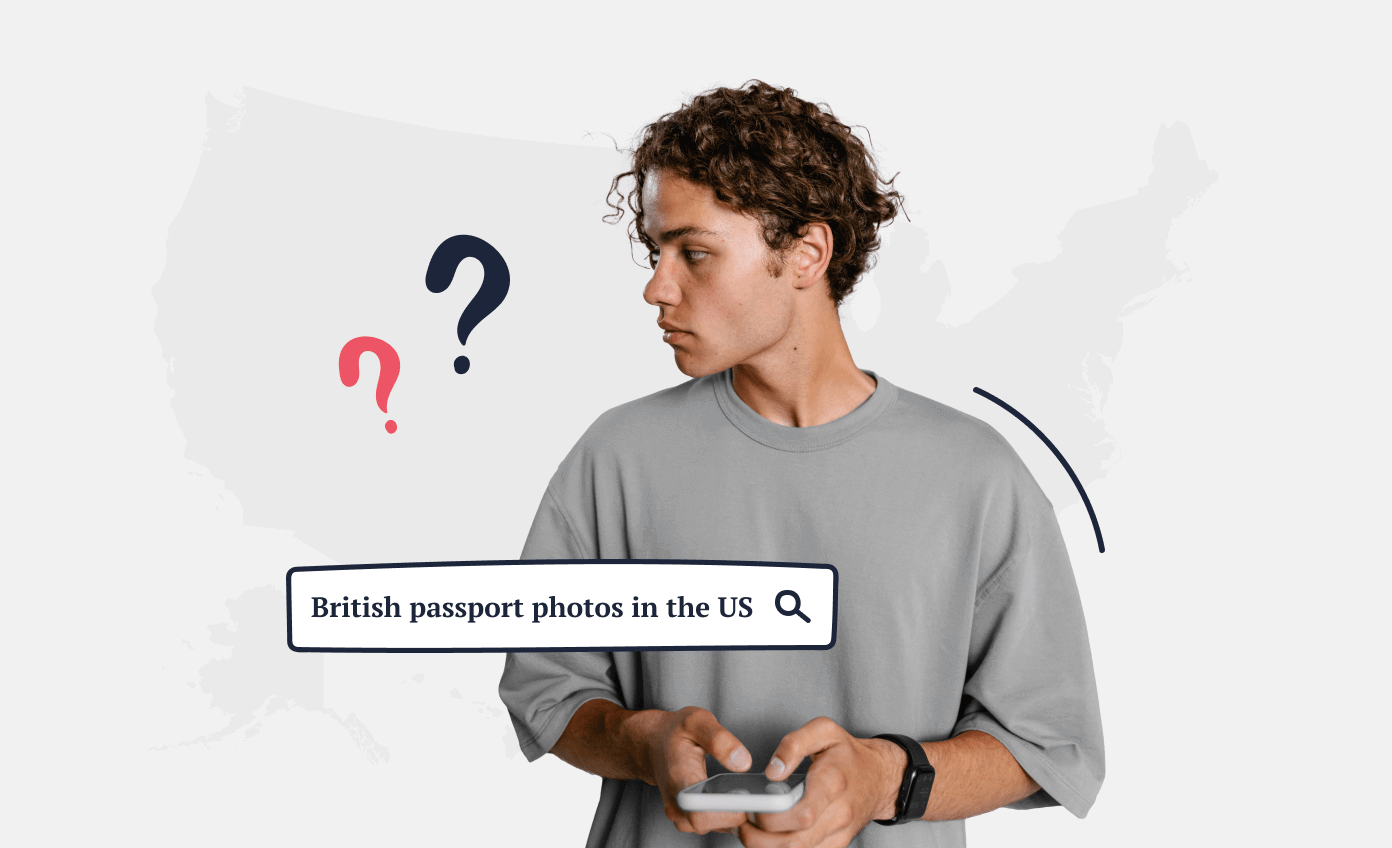According to Pew Research Center, 58% of Muslim women in the United States (US) wear a head covering, e.g., a hijab, niqab, or burka. Each garment covers the wearer’s head or face to a different extent. A US passport photo requires a full facial view to ensure accurate biometric information.
In this article, Passport Photo Online, a professional passport photo editing app, will answer that question. Read on to discover a detailed analysis of the State Department’s rules. This guidance will enable readers to wear a hijab in a passport photo confidently.
Get a 100% compliant passport photo with Passport Photo Online.
- Upload a selfie.
- Our AI crops, resizes, cleans the background, and adjusts the lighting.
- One of our human experts (available 24/7) reviews your photo within minutes.
- Download a high-res JPEG instantly or order prints with 2–3 business day delivery.


Get a digital passport photo – or order prints with Passport Photo Online.**
Unlimited Retakes
Competitive Pricing
GDPR & CCPA Compliant
Used by 1M+ Users Annually
I used Passport Photo Online and got a verified, compliant digital passport photo from a simple selfie. The whole process took about five minutes. The prints arrived just a few days later. I saved time and money and my passport application was accepted!
Is it possible to wear a hijab for a US passport photo?
The US Department of State has explicit rules banning most head coverings in passport photos, such as caps, headphones and headbands. However, the American passport authorities allow religious head coverings to be worn, provided they leave the facial features visible, with no shadows.
This is achievable with a hijab, although wearers may need to make some adjustments before taking the picture.
Applicants must also provide a written statement that this religious headwear is part of their day-to-day clothing (see the template further in this article).
There’s loads more advice where that came from, read on:
- What to Wear for a US Passport Photo?
- US Passport Photos – Questions and Answers
- Rejected Passport Photos
Is it possible to take a US passport photo with a niqab or burka?
Wearing either of these head coverings completely obscures the wearer’s facial features; therefore, applicants cannot wear them in a US passport photo. Applicants will be required to remove at least part of their head covering to allow the picture to show the relevant biometric information.
In the case of a niqab, wearers can simply remove the veil, but those who wear burkas will be required to remove the main headpiece.
To ease the process, some photo studios offer facilities allowing customers to take passport photos in private. Alternatively,Passport Photo Online’s AI application is perfect for people who would be more comfortable taking these pictures at home.
How to get a passport-size photo wearing a hijab
To get a compliant passport photo while wearing a hijab, applicants may need to make some adjustments. For a successful passport photo, follow these stages:
Step #1: make sure the face is visible
First, the applicant needs to check in a mirror and adjust the headscarf around their face. This will ensure that the hijab does not obscure any facial features in the picture.
Step #2: check for shadows
It’s essential to ensure the hijab does not cast any shadows. Finding somewhere evenly lit (with natural light) can help, but remember to stop the scarf from shading the face.
Adhering to these rules will make sure the photo meets the requirements. It’s also possible to use certain passport photo editing tools, such as Passport Photo Online, to alter the lighting and remove shadows. This can grant some extra peace of mind in the process.

The best colors for a hijab in a passport photo
One oft-overlooked part of getting a passport photo while wearing a hijab is the choice of color. For example, if an applicant wears a white hijab for their picture, it will blend in with the background.
The best way to counteract this is to go for a different color. We recommend putting on a blue, green, or burgundy hijab. Such colors will stand out enough without being too overwhelming.
Wearing a hijab in a passport photo: written statement
When taking a passport photo in a hijab, applicants must provide written reasons for wearing a head covering in the passport picture. This signed statement must confirm that the subject wears these head coverings for religious reasons on a daily basis.
To help prepare this letter, take a look at this example template. It should cover everything an applicant would need to say but make any necessary alterations to fit the situation.

Applicants must mail this letter to the passport authorities with the following items:
- application form
- paper passport photos
- supporting documents
If applying in person, bring a printed version of the letter to the appointment.
Guaranteed photo for a passport in a hijab with Passport Photo Online
Everyone needs a passport to travel, which means taking a passport photo. Muslim women who wear hijabs may prefer to take their passport photos in a less public setting. Passport Photo Online allows them to take their photos at home, in private.
That’s only the beginning. Passport Photo Online, a professional AI photo checker boasting over 1,000,000 users, can solve all applicants’ major problems when taking photos. For example:
- Shadows: Passport Photo Online has the ability to edit the lighting and remove shadows, creating an evenly-lit image.
- The risk of rejected passport photo: our AI software has details of every document photo requirement anyone could need. This means our users can apply with confidence.
- Unsatisfying passport picture: Passport Photo Online offers unlimited free retries, until they get a perfect shot. Users will only pay for the final product.
At Passport Photo Online, we are so confident our photos will be accepted we offer a 200% refund to our customers if their application is rejected.
FAQ
Now, let’s take some time to answer any remaining questions about wearing a hijab, niqab, or burka in a passport photo.
Can you take a passport photo with a hijab?
How to wear a hijab in a passport photo?
How to explain why I need to wear a hijab in my passport photo?
Can you wear a niqab in your US passport photo?
Can you wear a burka in US passport photos?
Taking a passport photo in a hijab: summing up
Wearing a hijab in a US passport photo is possible, although some adjustments may be necessary. However, those who wear niqabs and burkas need to remove part or all of their headgear to ensure the face is visible.
Passport Photo Online’s AI photo tool makes taking a passport photo in a private setting more straightforward than ever. The AI checker guarantees success, so once it approves an image, users can be confident the passport authorities will accept the application.
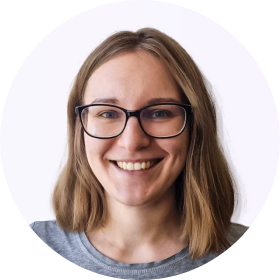
Roxana is a writer with 3+ years of experience. As a Master in psycholinguistics, she blends her passion for language and communication with insights from diverse cultures, making her content resonate with a broad audience.
